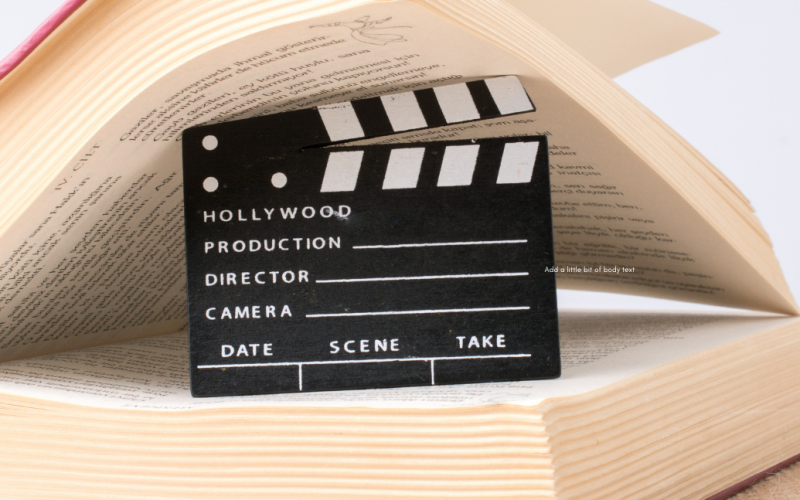The marriage between literature and cinema has always been a compelling subject. When a cherished novel makes its way to the silver screen, it sparks immense anticipation and scrutiny. The transition from the pages of a book to the visual medium of film is a complex art, requiring a delicate balance between honoring the source material and crafting a unique cinematic experience. This process of adaptation has yielded both triumphs and tribulations, with some becoming celebrated successes while others fail to capture the essence of the written word.
Adapting a bestselling novel into a successful film is a multifaceted task. One of the primary challenges lies in capturing the essence of the story within a constrained time frame. Novels often contain extensive narratives, intricate character development, and subplots that may not seamlessly translate to the limited duration of a film. As a result, filmmakers must make strategic choices about what to include, modify, or omit to maintain the essence of the story while catering to the cinematic medium’s demands.
Moreover, the interpretation of characters from the pages onto the screen is crucial in determining the film’s success. Readers form vivid images and emotional connections with the characters while reading, and filmmakers must cast actors who embody these roles authentically. A skilled actor can breathe life into a character, elevating the adaptation beyond mere visual representation and making it resonate with the audience.
Successful adaptations often strike a delicate balance between fidelity to the source material and necessary alterations for cinematic purposes. Directors and screenwriters often face criticism for deviating from the original storyline, but creative liberties are sometimes essential to enhance the visual storytelling experience. While some adaptations adhere closely to the book’s events, others take artistic risks, reimagining the narrative structure or introducing new elements to surprise and engage both new and existing fans.
The relationship between novels and films is symbiotic. A well-executed adaptation can introduce a book to a broader audience, enticing viewers to explore the original source material and enriching their literary experience. Conversely, a beloved book can provide filmmakers with a solid foundation of rich storytelling, well-developed characters, and an existing fan base, potentially translating into box office success.
However, not all adaptations achieve critical or commercial success. Some films fall short due to rushed storytelling, inadequate character development, or the inability to capture the essence of the book. These disappointments often leave fans disillusioned and spark debates about the fidelity of adaptations.
Several factors contribute to the success of an adaptation, including a passionate and skilled creative team, a deep understanding of the source material, and an ability to innovate while staying true to the core of the story. Films like “The Lord of the Rings” trilogy, “Harry Potter” series, and “Gone Girl” stand as exemplary adaptations that masterfully brought beloved novels to life while maintaining their essence and capturing the hearts of audiences worldwide.
In conclusion, the journey from page to screen is a nuanced process that demands a delicate balance of creativity, respect for the source material, and cinematic innovation. When executed with precision and passion, adaptations of bestselling novels can transcend mediums, captivating audiences and creating timeless cinematic experiences that honor the essence of the original stories.






